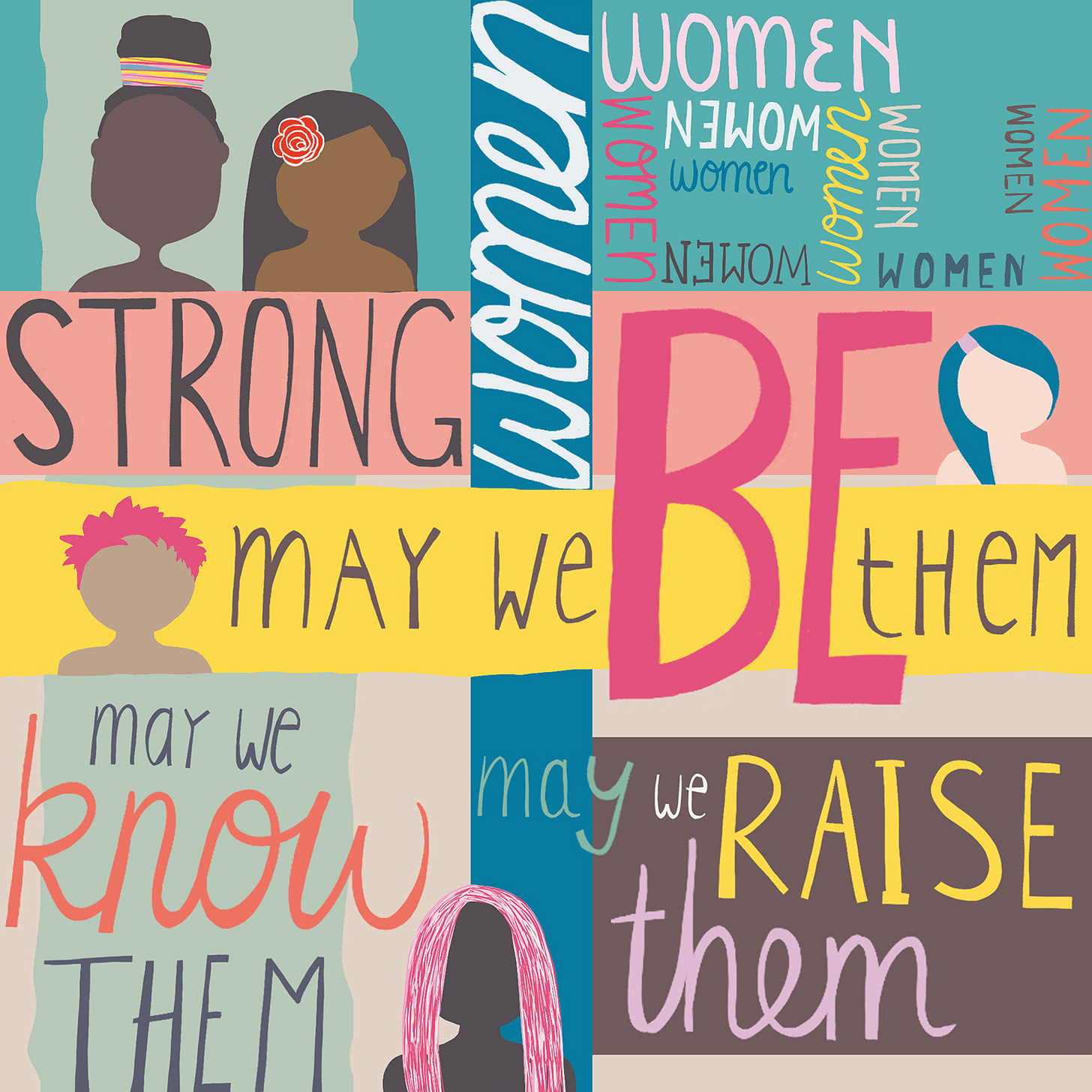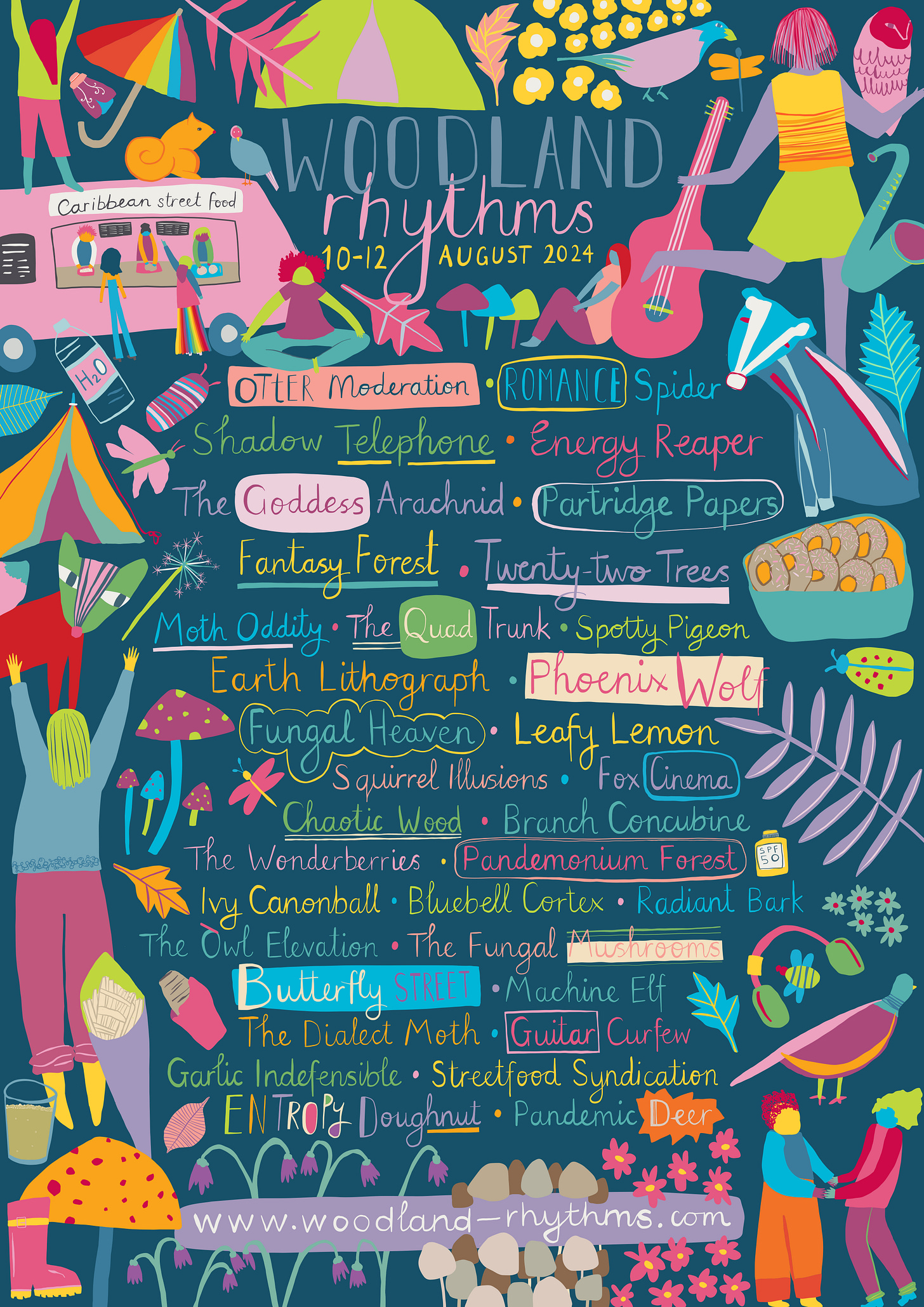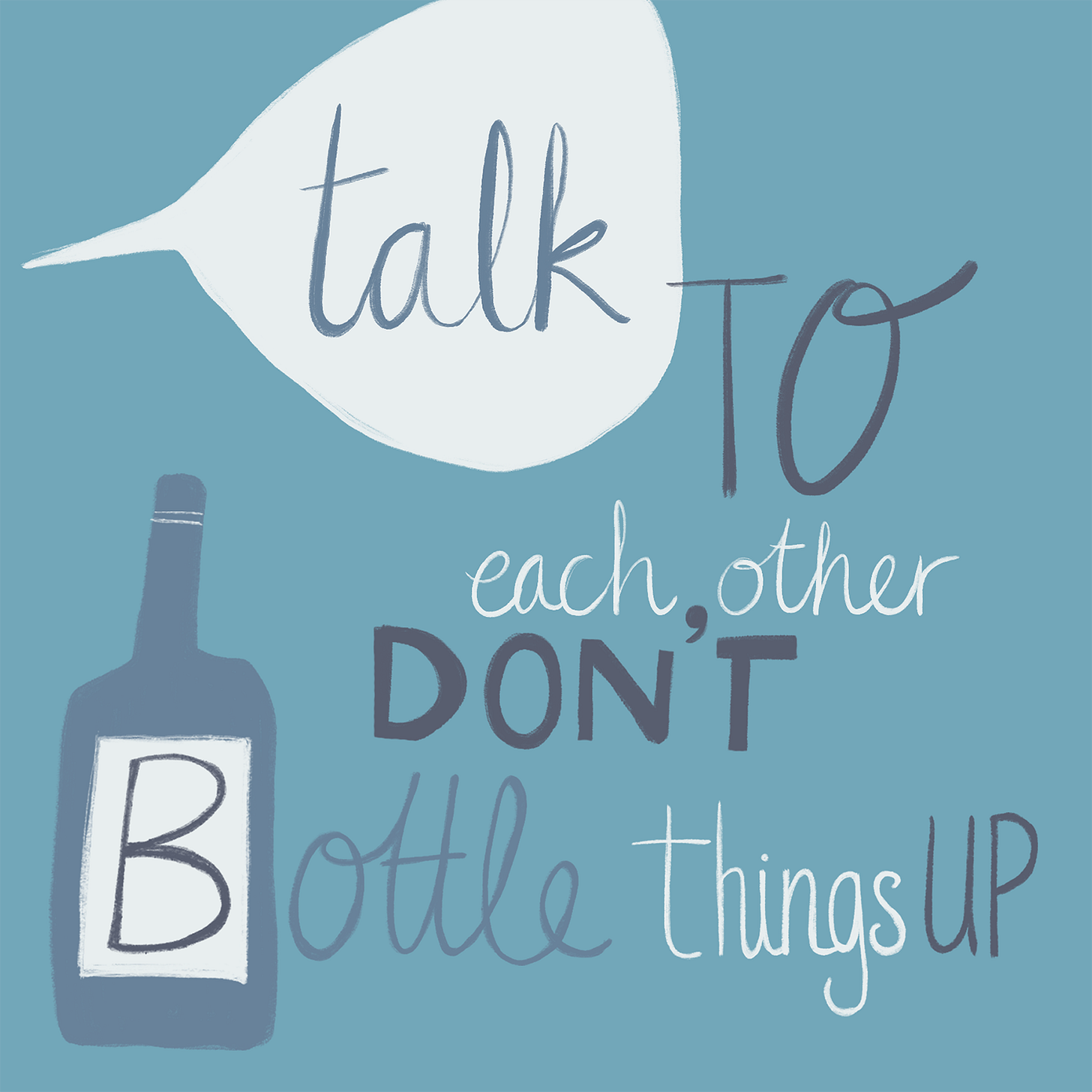I recently joined Illustrators for Hire (I will add a link once my pages there are set up). I spend a certain amount of money on marketing each year and am always exploring new places to spend that money. I also have accounts on Hire an Illustrator and the AOI, which comes with 10 images on the DOI (that’s a very good deal, and 10 images is enough).
As well as offering a space on a well-known and respected site, Illustrators for Hire also offer monthly industry chats on Zoom and some courses (currently half-way through the Pro series, which is proving very interesting – you can pay individually for the recordings, I believe). So, those additional things are a bonus really. (By the way, if you are looking to get access to a huge library or industry talks and articles, I would highly recommend joining the Inky Goodness Collective, and that also has a really engaged and active community, too.) Illustrators for Hire also do a lot of email and social media marketing, showcasing their members’ work far and wide.
Anyway, the point of this post wasn’t to sell you on joining up. I know paid marketing isn’t something everyone is happy to do, or indeed able to afford (though, I think it’s helpful to think about it in different terms – as part of your expenses, rather than a treat or luxury; even then, I spend way more on courses and memberships per year than I do on marketing). The point of this post (newsletter/article) is to talk about niching down and trying to focus on a particular area. And this is something that Nate and Salli encourage and are big proponents of. And, when you join, you need to pick your niche(s).
And boy was that hard for me. I actually joined about a month ago and only really settled on my niches and collated the images to show there yesterday.
I suspect there may be some neurospiciness at work here, though I am not sure exactly what (that’s something I’m supposed to be looking into and have been putting off, too), or it might just be general anxiety and imposter syndrome. And the very weird, but real, fear of success.
I have been thinking about this in terms of my (very long) career in educational publishing. Surely I can niche down and focus because I have done that there? But it turns out that the reason I have been able to stay in that career for so long, rather than jumping about all over the career landscape is precisely because I have been able to work on such a variety of projects and do such a variety of jobs. I have never fully niched down within educational publishing, even though that is itself a niche (or sector) within the publishing world.
I have done editing (development, copy and commissioning), proofreading, design, illustration, translation, indexing, digital development, art working, picture research, software development, typesetting, digital resource checking and testing, metadata creation, alt text writing, and various kinds and levels of editorial, production and project management.
While my official specialist subject is modern foreign languages, I have also specialised in vocational and humanities and, even though I am neither a mathematician nor a scientist, I have worked on a huge amount of maths and science titles.
While I have mostly specialised in secondary UK education, I have also worked on primary and academic titles, as well as US and Australian resources.
All of this has ensured I have variety. I rarely only work on one project at a time, so even my days have variety, but this wealth and breadth of experience has meant that I have been able to keep my brain interested and challenged and not bored. That doesn’t mean I never get bored with the work, and a bit of boredom (or repetition, perhaps) is actually really important, but that I have enough change to keep me from jumping ship.
In my illustration career, I have branched out from educational publishing, because the illustration work I got to do there was not capturing my interest so much (it was mostly technical illustration that didn’t have any creative push), but I haven’t yet found a sector to truly focus on. Every time I come close to it, I find myself going off on a tangent, or course correcting, if you like.
I think there is definitely an element of FOMO there, because we are constantly shown, via social media, all the amazing projects our peers are working on. That illustrator just did a mural, that looks like fun, oh wouldn’t it be nice to have my name on a picture book, oh look at that advertising work they got, oh, I should really practise drawing birds, transport, farm animals...
But, also, I think that perhaps I am trying to build up enough breadth in this career to enable me to have the same level of variety as I do in my educational publishing career.
And that’s not really been working. I got to a point with pattern design where I was regularly selling or licensing patterns, and I pretty much stopped and dug down into illustration until I got some book deals and then I started trying to get editorial and advertising work...
But people are generally looking for illustrators with a speciality and a focus, rather than jacks of all trades. They want someone they know can demonstrably illustrate book covers, for example, or someone who can comfortably and accurately create scientific illustrations, or someone who is skilled at picture books. That doesn’t mean you can’t mix it up at all, but to get to the point where you are getting consistent and regular work to the level you need it (whether that is full time, or part time in combination with other work or caring commitments), it does seem that digging down and being *the* person to go to for a particular subject or sector or feel, is actually genuinely necessary.
Which makes sense. I didn’t immediately jump into doing lots of different things when I first went freelance; I started with editing, proofreading and indexing. And opportunities came up organically to try different things, like a friend and colleague handing me a cd-rom (remember them?) from another publisher and asking if I could do something similar for them. That was the start of a number of years of producing interactive PDFs of teacher resource packs, that were sold and distributed on CD-ROMs. I got to learn Javascript thanks to that, which lead to me doing most of an MSc in software development (pregnancy and kids stopped me from completing it, but I learnt loads in the meantime, which was fascinating and useful). And various other opportunities came along over the decades to the point where I do have a breadth of expertise, that absolutely did not exist from the start.
Nate at Illustrators for Hire is kindly offering the first seminar in the Pro Series that he and Salli ran recently for free. This is the one all about finding your niche, which I would definitely say is really really useful. The whole series was great, but this one and the SEO one (Optimising your Website) were the most useful, I would say. Here’s a link: www.illustratorsforhire.com/the-pro-series-finding-your-niche-freebie
I think, the biggest thing, is going to be not to expect the illustration career to provide that level of variety, at least not for a while. I need to embed myself in and become an expert in one or two particular areas first, before those opportunities to diversify and explore new sectors or subjects come up.
What I can do, which I am lucky (or privileged) enough to be able to do, is to use my educational publishing work to provide the variety in my overall work portfolio/life while building up that depth of expertise in an illustration niche, or two.
But, as well as that, I think that (as with so many things) it’s going to be a case of tricking or training my brain to believe it is getting the variety it needs, while also being focused on a smaller niche.
The main niches (no, I physically can’t pick just one) I intend to focus on are lifestyle illustration, particularly room illustration (with a side order of food) and hand lettering (which can absolutely overlap with each other).
That can come from splitting days into different types of work, for example. So an hour on research and sketching, two hours laying down colour, an hour on admin or file management and a couple of hours on laying down detail.
Or it can come from getting the variety within the subject matter. So, if we take room illustration as an example, spending a week focusing on drawing windows or house plants. Or exploring different compositions or how to include light or show more depth. Or doing an A to Z if furniture (really must get back to that). Or looking at how to depict different seasons without showing the outside.
Or it can come from exploring wider, but within the same sector or subject matter. So, keeping the example within room illustration, exploring art history and contemporary artists who depict rooms. Looking into things like imagery and iconography within art history and whether you can bring some of that in. Looking at how picture book illustrators have depicted rooms, and how room illustration has been used in advertising
And from there, you can explore different applications for those room illustrations – stationery, packaging, puzzles, editorial, wall art, computer games...
Here are some of my room illustrations:
And you see a lot of my hand lettering here, already, but here are some examples that aren’t hand-lettered headings or title illustrations for Substack:
Do you work within a narrow niche (whether you’re an illustrator or a writer or something else)? Do you like having a narrow focus and becoming the expert within that, or do you tend to go off on tangents? Do you think it’s actually fine to have a bunch of tangents and be a jack of all trades?
And, of course, if you’re an art director or art buyer of some kind, do you look for illustrators with a speciality or niche, or do you only consider their style or maybe a combination? Are you only looking for illustrators with particular experience in your field or sector? Do you need to show other colleagues concrete evidence that they can draw that subject matter to get them approved for a project?
Any other thoughts?
Feel free to share what and where you spend on marketing, as an illustrator, too, if you’re happy to.















I'm open to almost everything and I thoroughly enjoy seeing artists change up their game, etc. But that seems a bit unusual, especially in the business sense you've nicely explained. My aim for digital collage is to stay in that general direction, with any other approaches as a personal aside for the time being. Early days though, only being around 1.5 months in.
Thanks for the different freelancer links. That's another fun rabbit hole I look forward to going down!
I think your art would look great in Aquila Magazine. It seems so in keeping with the illustrators they use within their pages. Have you been in the mag before?
This is a really important post for me! Thanks for sharing.
Currently working as a creative instructor at a makerspace. I get to dabble in anything and everything from illustration to typesetting on 400 year old letterpresses to set design for puppet shows. It’s an incredible role - tons of variety - but I’m getting to a point where I’d like to dig back down to find my roots and replant myself in a spot where I can focus on writing and illustrating kidlit.
It’s always been in the back of my mind. I do it for fun in my spare time. But I’d like to actually give myself a chance to hone in on that over the next few years, if I can.